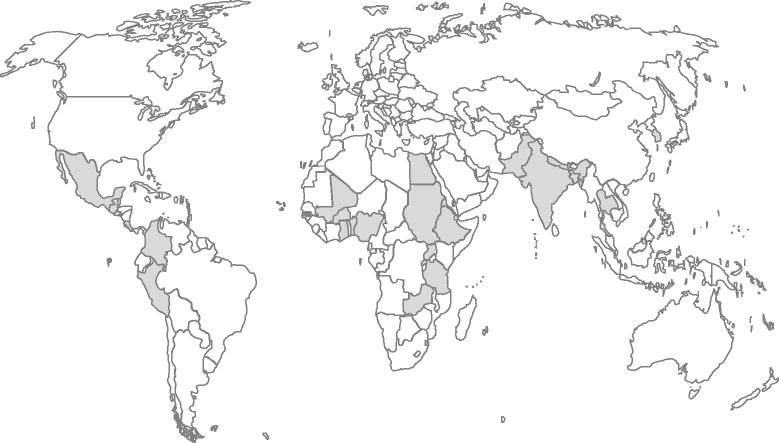A scoping review on determinants of unmet need for family planning among women of reproductive age in low and middle income countries
- PMID: 26772591
- PMCID: PMC4714507
- DOI: 10.1186/s12905-015-0281-3
A scoping review on determinants of unmet need for family planning among women of reproductive age in low and middle income countries
Abstract
Background: Poor access and low contraceptive prevalence are common to many Low- and Middle-Income Countries (LMICs). Unmet need for family planning (FP), defined as the proportion of women wishing to limit or postpone child birth, but not using contraception, has been central to reproductive health efforts for decades and still remains relevant for most policy makers and FP programs in LMICs. There is still a lag in contraceptive uptake across regions resulting in high unmet need due to various socioeconomic and cultural factors. In this mixed method scoping review we analyzed quantitative, qualitative and mixed method studies to summarize those factors influencing unmet need among women in LMICs.
Methods: We conducted our scoping review by employing mixed method approach. We included studies applying quantitative and qualitative methods retrieved from online data bases (PubMed, JSTOR, and Google Scholar). We also reviewed the indexes of journals specific to the field of reproductive health by using a set of keywords related to unmet contraception need, and non-contraception use in LMICs.
Results: We retrieved 283 articles and retained 34 articles meeting our inclusion criteria. Of these, 26 were quantitative studies and 8 qualitative studies. We found unmet need for FP to range between 20 % and 58% in most studies. Woman's age was negatively associated with total unmet need for FP, meaning as women get older the unmet need for FP decreases. The number of children was found to be a positively associated determinant for a woman's total unmet need. Also, woman's level of education was negatively associated--as a woman's education improves, her total unmet need decreases. Frequently reported reasons for non-contraception use were opposition from husband or husbands fear of infidelity, as well as woman's fear of side effects or other health concerns related to contraceptive methods.
Conclusion: Factors associated with unmet need for FP and non-contraception use were common across different LMIC settings. This suggests that women in LMICs face similar barriers to FP and that it is still necessary for reproductive health programs to identify FP interventions that more specifically tackle unmet need.
Figures
References
-
- Westoff CF. Measuring the unmet need for contraception. Comment on bongaarts. Popul Dev Rev. 1992;18:123–125. doi: 10.2307/1971862. - DOI
-
- Nortman DL. Measuring the unmet need for contraception to space and limit births. Int Fam Plan Perspect. 1982;8:125–134. doi: 10.2307/2948132. - DOI
-
- Westoff CF, Pebley AR. Alternative Measures of Unmet Need for Family Planning in Developing Countries. Int Fam Plan Perspect. 1981;7:126–136. doi: 10.2307/2947843. - DOI
-
- Ashford L: Unmet Need for Family Planning: Recent Trends and Their Implications for Programs. Measure Communication Policy Brief, PRB, Editor; 2003.
Publication types
MeSH terms
Substances
LinkOut - more resources
Full Text Sources
Other Literature Sources
Medical


